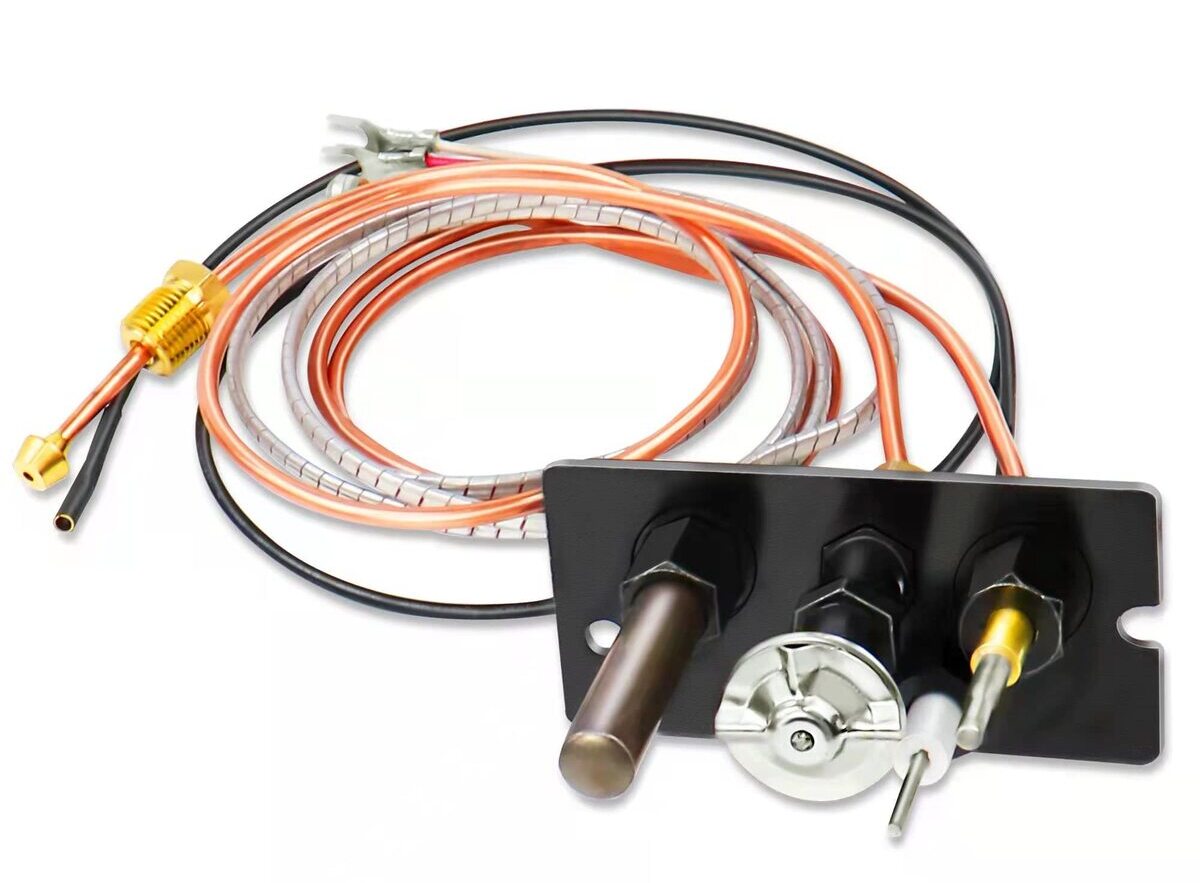

Articles
How To Clean Thermocouple On Gas Fireplace
Modified: March 1, 2024
Learn how to clean the thermocouple on your gas fireplace with this informative article. Keep your fireplace running smoothly and efficiently.
(Many of the links in this article redirect to a specific reviewed product. Your purchase of these products through affiliate links helps to generate commission for Storables.com, at no extra cost. Learn more)
Introduction
Welcome to the world of gas fireplaces! These cozy additions to our homes provide warmth and ambiance, making them a popular choice for many homeowners. However, just like any other appliance, gas fireplaces require regular maintenance to ensure safe and efficient operation. One crucial component that needs attention is the thermocouple.
The thermocouple plays a vital role in the operation of a gas fireplace. It is a safety device that senses the presence of a flame. If the pilot light goes out, the thermocouple detects it and shuts off the gas supply, preventing a potential gas leak. Over time, the thermocouple can accumulate dirt, dust, or soot, compromising its performance. Cleaning the thermocouple is a simple yet essential maintenance task that ensures the continued functioning of your gas fireplace.
In this article, we will guide you through the process of cleaning the thermocouple on your gas fireplace, providing you with step-by-step instructions and essential precautions to take. By following these steps, you can maintain the efficiency and safety of your gas fireplace.
Key Takeaways:
- Regularly cleaning the thermocouple on your gas fireplace is crucial for maintaining its efficiency, safety, and longevity, preventing issues such as pilot light shutdowns and potential gas leaks.
- Prioritize safety and follow the manufacturer’s guidelines when cleaning the thermocouple. If problems persist, consult a professional technician to ensure the safe and efficient operation of your gas fireplace.
Understanding the Thermocouple
Before diving into the cleaning process, it’s essential to understand the function and importance of the thermocouple in a gas fireplace. The thermocouple is a safety device that acts as a flame sensor. It consists of two different metals joined together to create a temperature-sensitive junction. When the pilot light is lit, the flame heats up the thermocouple, generating a small electric voltage. This voltage keeps the gas valve open, allowing the flow of gas to the main burner.
If the pilot light goes out or the flame diminishes, the thermocouple cools down, causing the electric voltage to drop. This change in voltage signals the gas valve to close, preventing the release of gas into the fireplace. This safety mechanism is crucial in preventing gas leaks and potential hazards in gas-operated appliances.
Over time, the thermocouple can accumulate dirt, soot, or even corrode, affecting its performance. A dirty or faulty thermocouple can lead to the pilot light constantly going out or difficulty in igniting the fireplace. Cleaning the thermocouple regularly ensures proper functioning and helps prevent potential issues with the gas fireplace.
It’s important to note that if you’re not comfortable or experienced with gas appliances, it’s advisable to consult a professional technician for cleaning and maintenance.
Reasons for Cleaning the Thermocouple
Keeping the thermocouple clean is crucial for ensuring the smooth operation of your gas fireplace. Here are a few reasons why cleaning the thermocouple is important:
- Improved Functionality: Over time, dirt, dust, and soot can accumulate on the thermocouple, affecting its ability to sense the flame accurately. This can result in a weak or inconsistent pilot light or difficulty in igniting the fireplace. Cleaning the thermocouple removes these build-ups and enhances its functionality, ensuring proper flame detection.
- Preventing Pilot Light Shutdown: A dirty thermocouple can cause the pilot light to shut off frequently or fail to stay lit. Cleaning the thermocouple allows for better heat transfer and can prevent unnecessary pilot light shutdowns, ensuring that your gas fireplace remains operational when you need it.
- Maintaining Safety: The thermocouple is a crucial safety device in gas fireplaces, as it shuts off the gas supply if the pilot light goes out. Cleaning the thermocouple ensures that it can accurately sense the flame and react accordingly, preventing gas leaks and potential hazards.
- Extending Lifespan: Regularly cleaning the thermocouple can help prolong its lifespan. By removing dirt, dust, and other debris, you prevent the accumulation of substances that can cause corrosion or damage to the thermocouple. A well-maintained thermocouple can offer reliable performance for years to come.
- Cost Savings: Neglecting to clean the thermocouple can result in issues with your gas fireplace, leading to costly repairs or even the need for a replacement. By performing regular maintenance, including cleaning the thermocouple, you can avoid these unnecessary expenses and enjoy the long-term benefits of a well-functioning gas fireplace.
By understanding the importance of cleaning the thermocouple and its impact on the functionality, safety, and longevity of your gas fireplace, you can prioritize its maintenance and enjoy a reliable and efficient heating source in your home.
Tools and Materials Required
Before you begin cleaning the thermocouple on your gas fireplace, gather the necessary tools and materials. Having these items on hand will make the process smoother and more efficient. Here are the tools and materials you’ll need:
- Screwdriver: A small flathead or Phillips screwdriver may be required to remove the access panel or cover that allows you to access the thermocouple.
- Soft Brush: Use a soft brush, such as a paintbrush or a toothbrush, to gently remove any loose dirt, dust, or soot from the thermocouple. Make sure the brush has soft bristles to avoid damaging the delicate components of the thermocouple.
- Compressed Air Canister: An optional but useful tool is a canister of compressed air. This can be used to blow away any stubborn debris or particles that cannot be easily brushed off. Ensure to use the canister in a well-ventilated area and follow the manufacturer’s instructions.
- Lint-Free Cloth: Prepare a lint-free cloth, such as a microfiber cloth or a soft cotton cloth, to wipe down the thermocouple after brushing off loose dirt. This will help remove any remaining residue and leave the thermocouple clean and ready for use.
- Cleaning Solution: Depending on the level of dirt or soot accumulation on the thermocouple, you may need a mild cleaning solution. Avoid using abrasive cleaners or harsh chemicals, as they can damage the thermocouple. Instead, opt for a manufacturer-approved or homemade solution, such as a mixture of mild dish soap and warm water.
- Container: Prepare a small container or a bowl to hold the cleaning solution. This will make it easier to dip the brush or cloth into the solution and clean the thermocouple effectively.
- Protective Gloves and Eyewear: It’s always a good idea to wear protective gloves and safety glasses or goggles when working with gas fireplaces or any cleaning solutions. This will protect your hands and eyes from potential hazards and ensure your safety during the cleaning process.
Having these tools and materials ready will enable you to efficiently clean the thermocouple on your gas fireplace. Always prioritize safety and follow the manufacturer’s guidelines and instructions for your specific gas fireplace model.
Use a small brush or compressed air to gently clean the thermocouple on your gas fireplace. Avoid using any liquid cleaners or abrasive materials, as these can damage the delicate components. Regular cleaning can help ensure proper functioning of the thermocouple.
Step-by-Step Guide to Cleaning the Thermocouple
Now that you have gathered the necessary tools and materials, let’s walk through the step-by-step process of cleaning the thermocouple on your gas fireplace:
- Turn off the Gas: Before starting any maintenance work, ensure that the gas supply to your gas fireplace is turned off. Locate the gas valve, usually near the fireplace or on the gas line, and turn the valve to the “Off” position. This will prevent any accidental gas flow during the cleaning process.
- Remove Access Panel or Cover: Depending on your gas fireplace model, there may be an access panel or cover that needs to be removed to access the thermocouple. Use a screwdriver to loosen and remove any screws or fasteners holding the panel in place. Gently lift off the panel or cover to expose the thermocouple.
- Inspect the Thermocouple: Take a close look at the thermocouple and check for any visible dirt, dust, or soot. Pay attention to any signs of corrosion or damage. If you notice significant corrosion or damage, it is best to consult a professional technician to assess and repair the thermocouple.
- Brush off Loose Debris: Use a soft brush, such as a clean paintbrush or toothbrush, to carefully brush off any loose dirt, dust, or soot from the thermocouple. Be gentle to avoid damaging the delicate components of the thermocouple. You can also use a canister of compressed air to blow away any stubborn debris that cannot be easily brushed off.
- Clean the Thermocouple: Prepare a mild cleaning solution by mixing a small amount of mild dish soap with warm water in a container. Dip the brush into the cleaning solution and gently scrub the thermocouple to remove any remaining residue or stubborn dirt. Take care not to apply excessive force or use abrasive cleaners that can damage the thermocouple.
- Rinse and Dry: After cleaning the thermocouple, rinse it with clean water to remove any traces of the cleaning solution. Use a lint-free cloth, such as a microfiber cloth or soft cotton cloth, to wipe down the thermocouple and ensure it is thoroughly dry.
- Reassemble and Test: Once the thermocouple is clean and dry, carefully reassemble the access panel or cover by securing any screws or fasteners. Then, turn on the gas supply and relight the pilot light according to the manufacturer’s instructions. Test the fireplace to ensure that the thermocouple is functioning correctly and that the flame is stable.
Following these step-by-step instructions will help you effectively clean the thermocouple on your gas fireplace. Remember to exercise caution, prioritize safety, and consult a professional if you encounter any significant issues or are unsure about any aspect of the cleaning process.
Read more: How To Clean Glass On Gas Fireplace
Precautions to Take Before Cleaning
Before you begin the process of cleaning the thermocouple on your gas fireplace, it’s important to take certain precautions to ensure your safety and the proper functioning of the appliance. Here are some precautions to keep in mind:
- Read the Manufacturer’s Instructions: Familiarize yourself with the specific guidelines and recommendations provided by the manufacturer of your gas fireplace. Different models may have unique requirements or considerations, and it’s essential to follow their instructions for cleaning and maintenance.
- Turn off the Gas Supply: Before starting any maintenance work, always ensure that the gas supply to your gas fireplace is turned off. Locate the gas valve, usually near the fireplace or on the gas line, and turn the valve to the “Off” position. This will prevent any accidental gas flow during the cleaning process.
- Allow Adequate Cooling Time: Gas fireplaces can get hot during use, so it’s crucial to allow them to cool down completely before attempting any cleaning or maintenance. Wait for at least an hour or more after using the fireplace to ensure that all components, including the thermocouple, have cooled down to a safe temperature.
- Wear Protective Gear: To protect yourself from potential hazards, wear protective gloves and safety glasses or goggles while working with gas fireplaces or cleaning solutions. This will ensure your hands and eyes are shielded from any chemicals, debris, or sharp edges.
- Avoid Excessive Force: When cleaning the thermocouple, use gentle and controlled movements. Avoid applying excessive force or pressure, as this can damage the delicate components or dislodge internal connections. Be thorough but cautious in your cleaning approach.
- Avoid Abrasive Cleaners: Do not use abrasive cleaners or harsh chemicals on the thermocouple. These can cause damage or corrosion, affecting the performance of the thermocouple. Stick to mild cleaning solutions or those recommended by the manufacturer to ensure the safety and longevity of the thermocouple.
- Do Regular Maintenance: While cleaning the thermocouple is an important part of maintenance, it’s also necessary to perform other routine maintenance tasks as per the manufacturer’s recommendations. This may include cleaning or replacing the air filters, inspecting the gas lines, and ensuring proper ventilation.
- Consult a Professional if Unsure: If you are uncertain about any aspect of cleaning the thermocouple or encounter significant issues, it’s best to consult a professional technician. They have the knowledge and expertise to handle gas fireplaces safely and can provide assistance or advice specific to your situation.
By following these precautions, you can ensure a safe and successful cleaning of the thermocouple on your gas fireplace. Always prioritize safety and consult professionals as needed to maintain the efficiency and longevity of your gas fireplace.
Troubleshooting Common Issues
While cleaning the thermocouple on your gas fireplace can help resolve many common issues, there are a few additional troubleshooting steps you can take if you continue to experience problems. Here are some common issues and possible solutions:
- Pilot Light Won’t Stay Lit: If the pilot light keeps going out after cleaning the thermocouple, there may be another issue at play. Check for proper gas flow by ensuring the gas valve is fully open and there are no obstructions in the gas line. If the issue persists, it’s best to contact a professional technician for further inspection and repair.
- Weak or Inconsistent Flame: A weak or flickering flame could indicate a problem with gas supply or ventilation. Check that all gas valves are fully open and the gas supply is adequate. Ensure that there are no blockages in the gas line or venting system. If the issue persists, it’s advisable to consult a professional to assess and address the problem.
- Unusual Smells or Flames: If you notice unusual smells, such as a strong gas odor, or abnormal flame colors (yellow instead of blue), it could indicate a gas leak or combustion issue. In such cases, turn off the gas supply immediately and contact a professional technician to inspect and fix the problem to ensure your safety.
- Continued Pilot Light Issues: If you continue to experience issues with the pilot light, even after cleaning the thermocouple, it may be necessary to replace the thermocouple entirely. Over time, thermocouples can wear out and lose their functionality. Consult a professional technician to determine if a thermocouple replacement is needed.
- Persistent Problems: If you have followed all necessary cleaning and troubleshooting steps and are still experiencing issues with your gas fireplace, it’s best to contact a professional technician. They have the expertise and specialized equipment to diagnose and resolve any complex issues that may be beyond DIY cleaning and maintenance.
Remember, gas fireplaces involve potentially hazardous components, so it’s crucial to take necessary precautions and consult professionals when needed. Regular cleaning and maintenance, including the thermocouple, can help prevent problems and ensure a safe and efficient operation of your gas fireplace.
By following these troubleshooting steps, you can address common issues and maintain your gas fireplace in optimal condition. However, always prioritize safety and consult professionals if you are unsure about any aspect of troubleshooting or encounter persistent problems.
Conclusion
Cleaning the thermocouple on your gas fireplace is a simple yet essential maintenance task that ensures the continued efficiency and safety of your appliance. By understanding the function and importance of the thermocouple, you can recognize the need for regular cleaning and prioritize its maintenance.
In this article, we have provided you with a step-by-step guide to cleaning the thermocouple, along with precautions to take before starting the cleaning process. We have also discussed common issues that may arise and provided some troubleshooting tips to help you address those problems.
Remember to always follow the manufacturer’s instructions and guidelines specific to your gas fireplace model. Prioritizing safety, such as turning off the gas supply before starting maintenance and wearing protective gear, is crucial throughout the process.
Regularly cleaning the thermocouple and performing routine maintenance on your gas fireplace will not only ensure its optimal performance but also extend its lifespan. It can save you from costly repairs or replacements down the line and provide you with a reliable and enjoyable heating source in your home.
If you are unsure about any aspect of cleaning the thermocouple or encounter significant issues, it’s always best to consult a professional technician who has the expertise to handle gas fireplaces safely and effectively.
By dedicating a little time and effort to cleaning and maintaining the thermocouple, you can continue to enjoy the warmth and ambiance of your gas fireplace for years to come.
Frequently Asked Questions about How To Clean Thermocouple On Gas Fireplace
Was this page helpful?
At Storables.com, we guarantee accurate and reliable information. Our content, validated by Expert Board Contributors, is crafted following stringent Editorial Policies. We're committed to providing you with well-researched, expert-backed insights for all your informational needs.


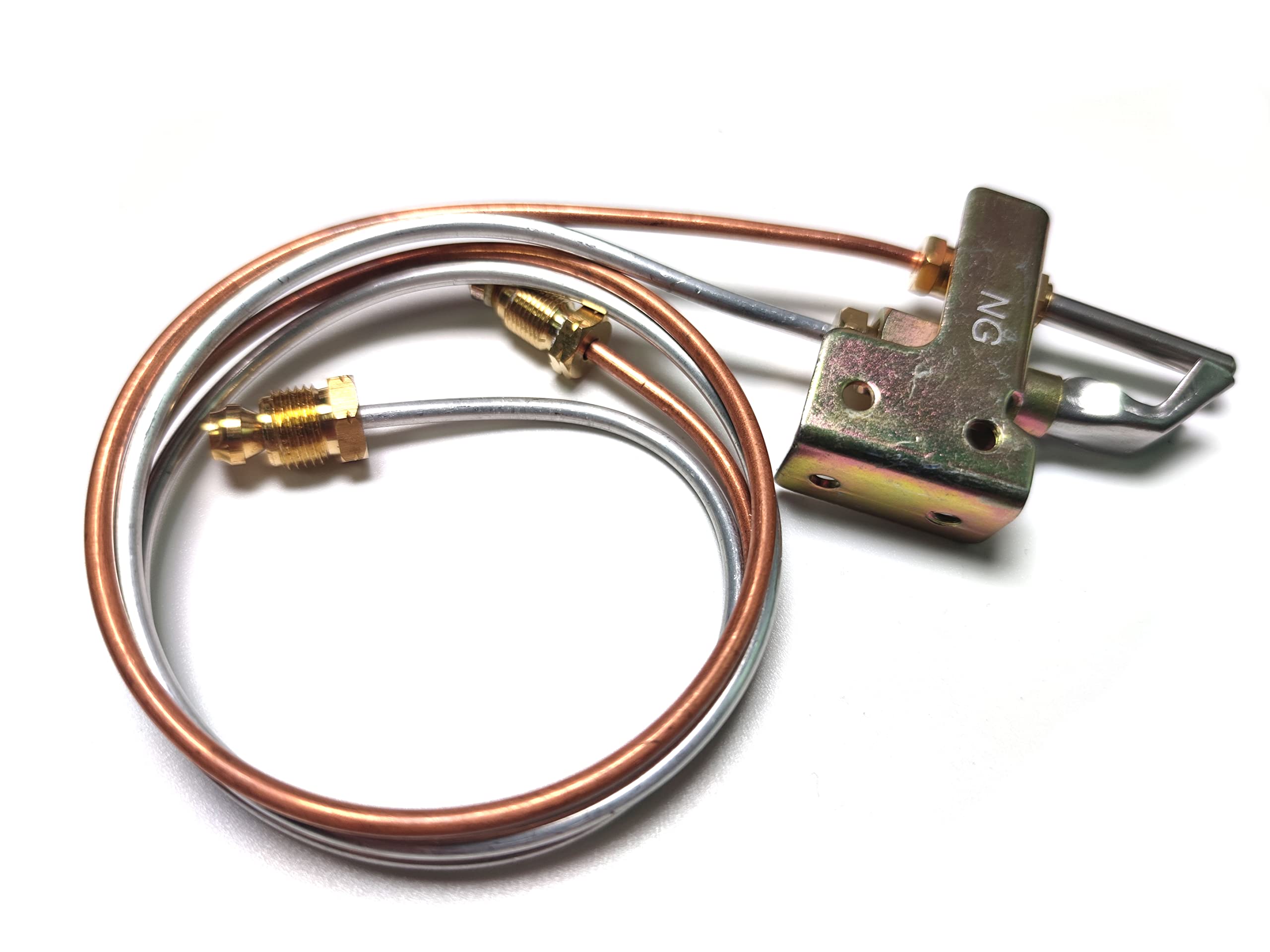
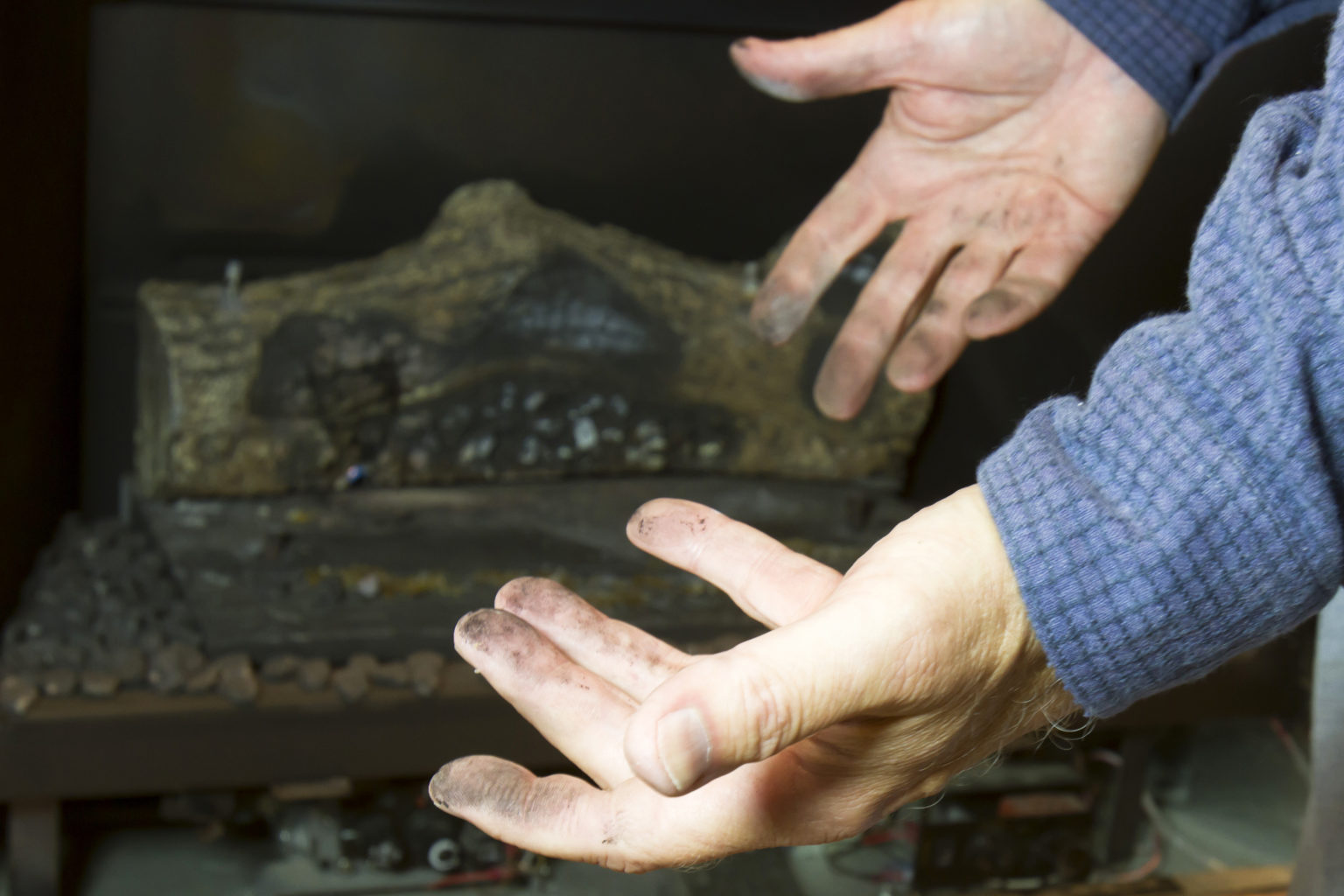
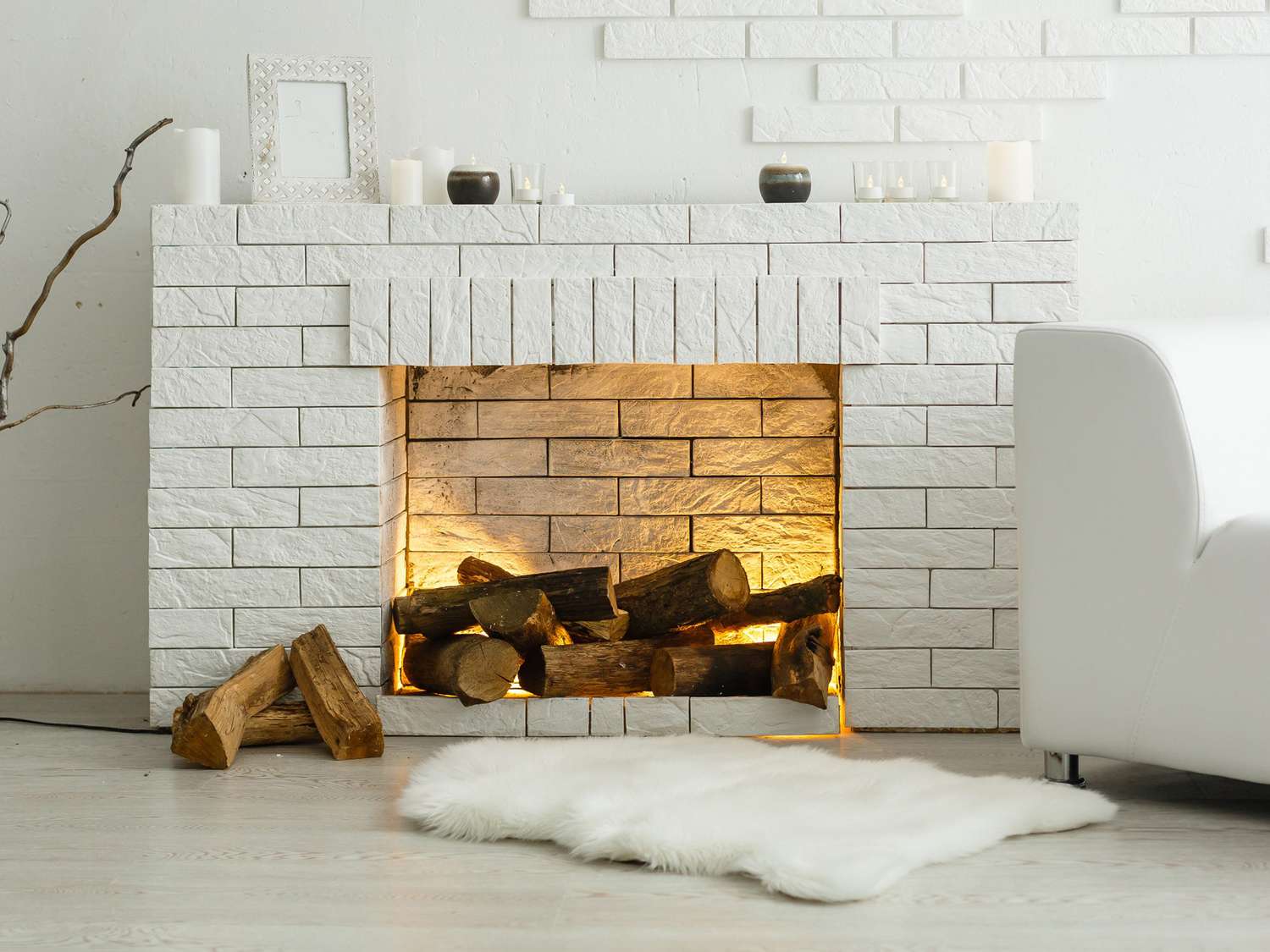
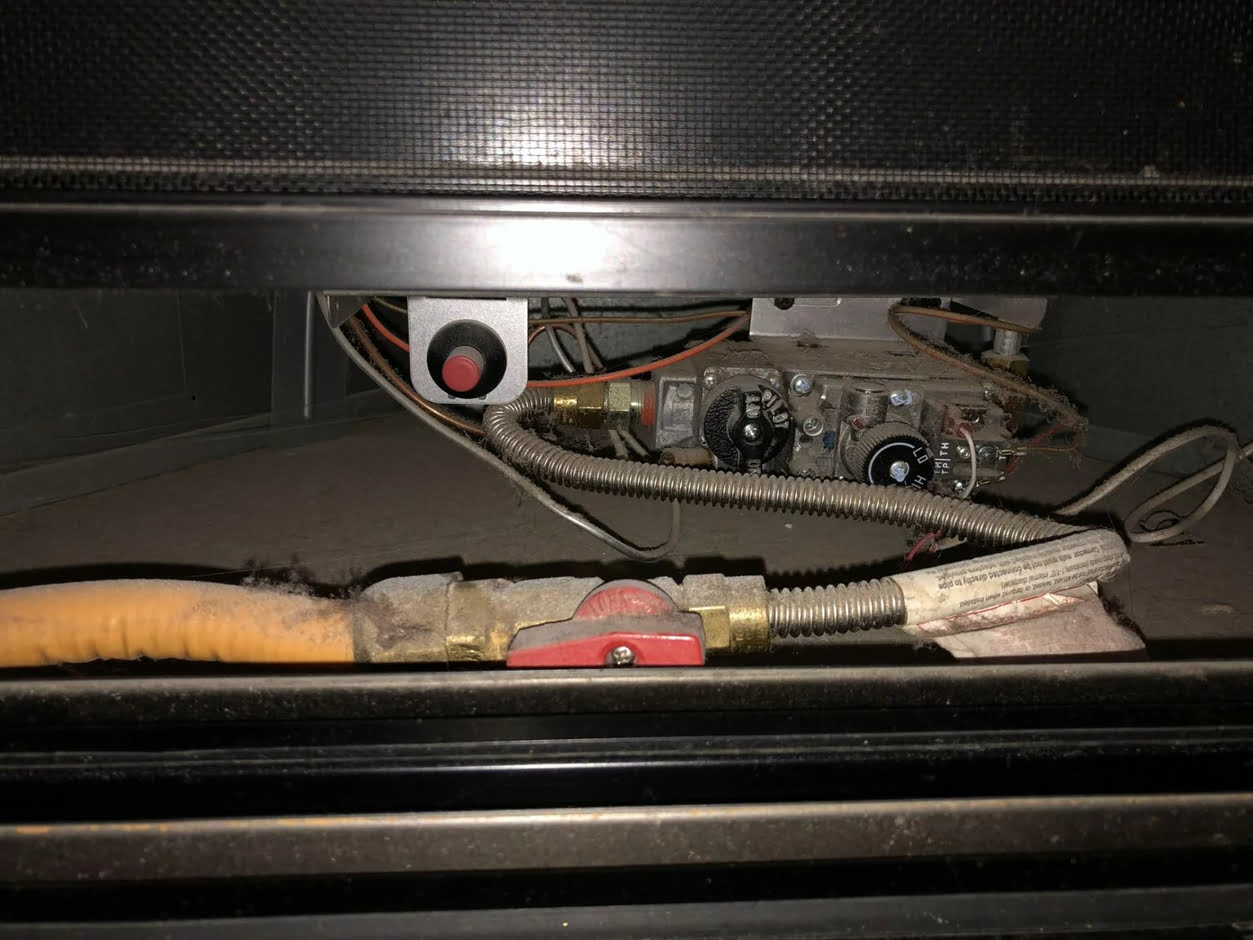
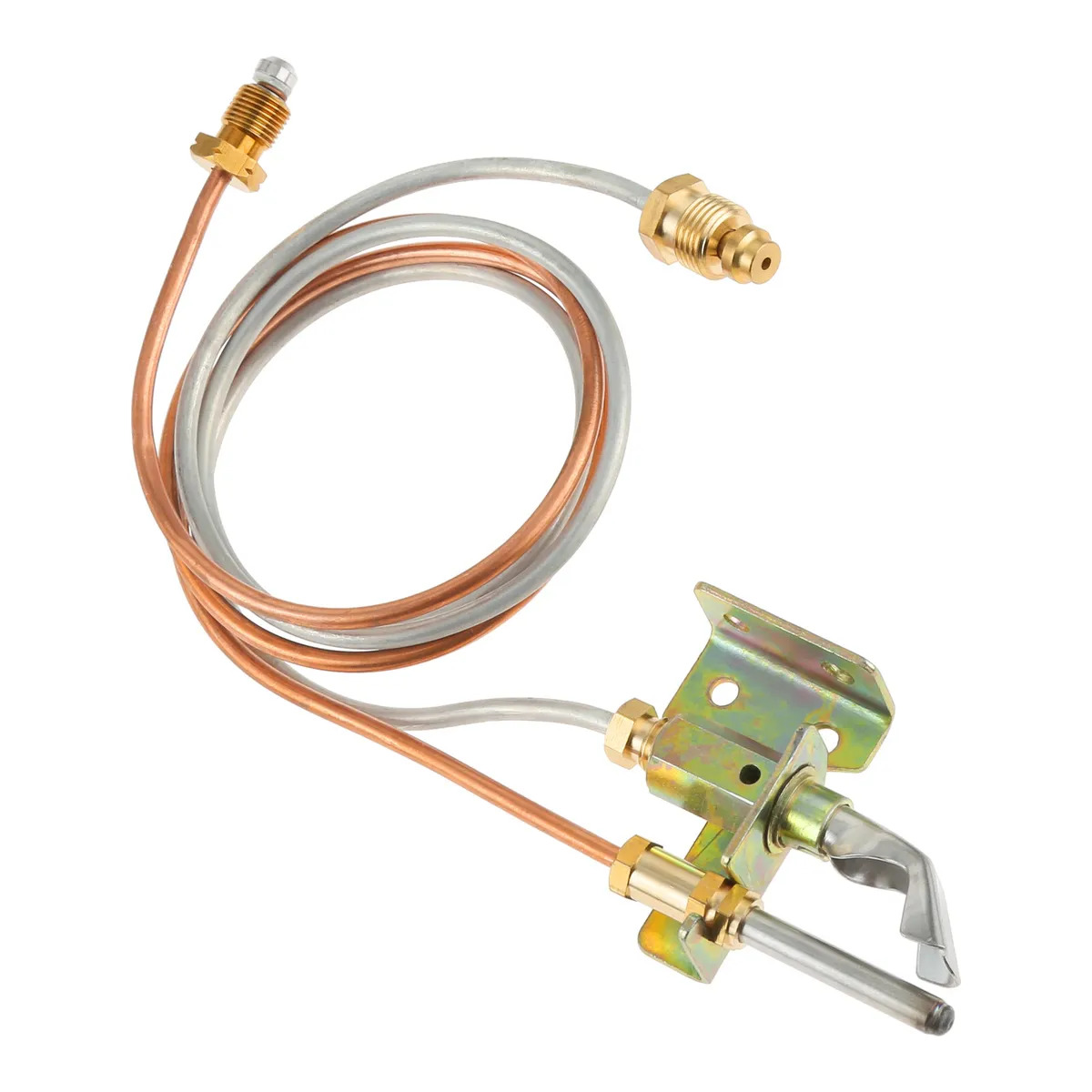


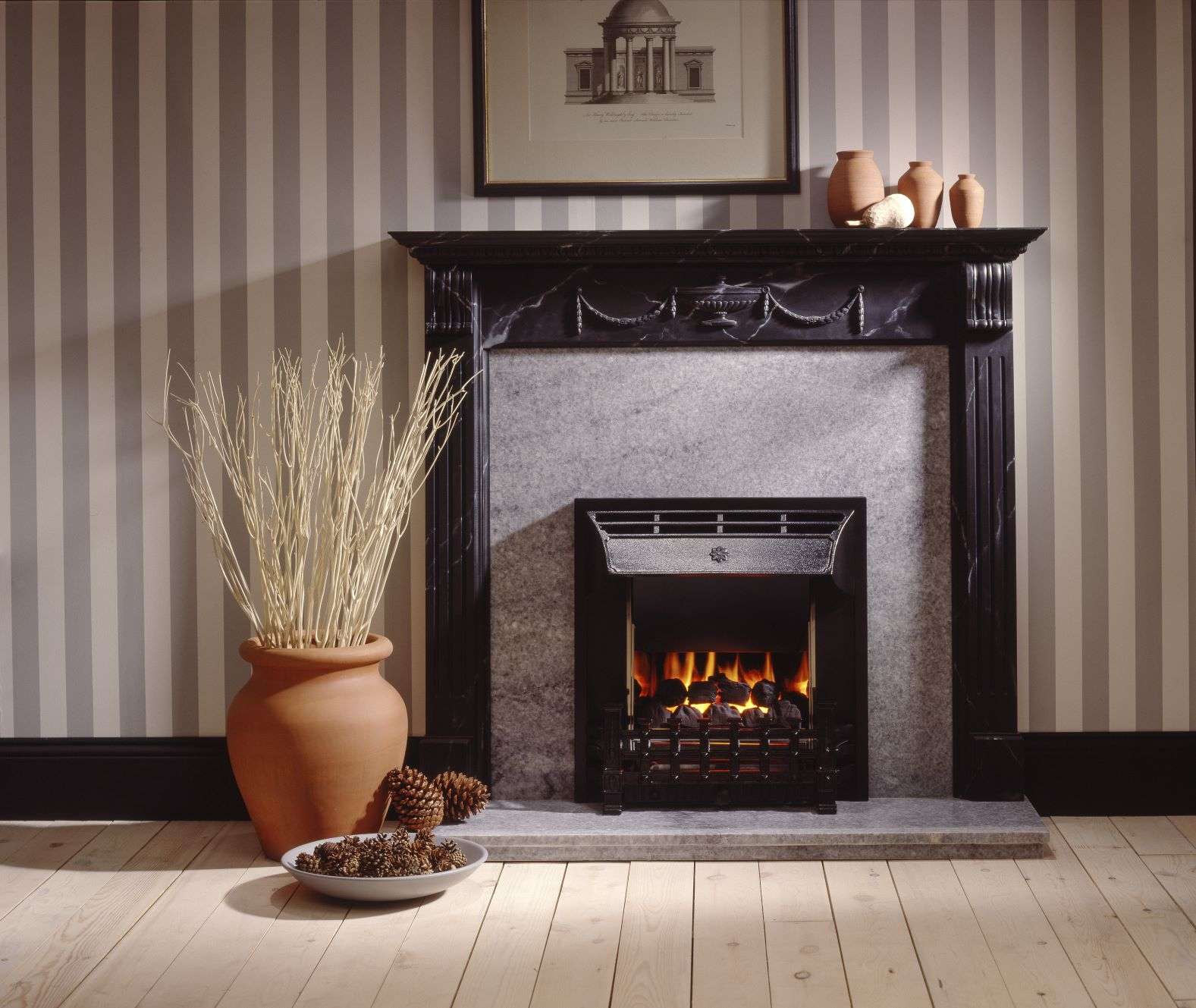
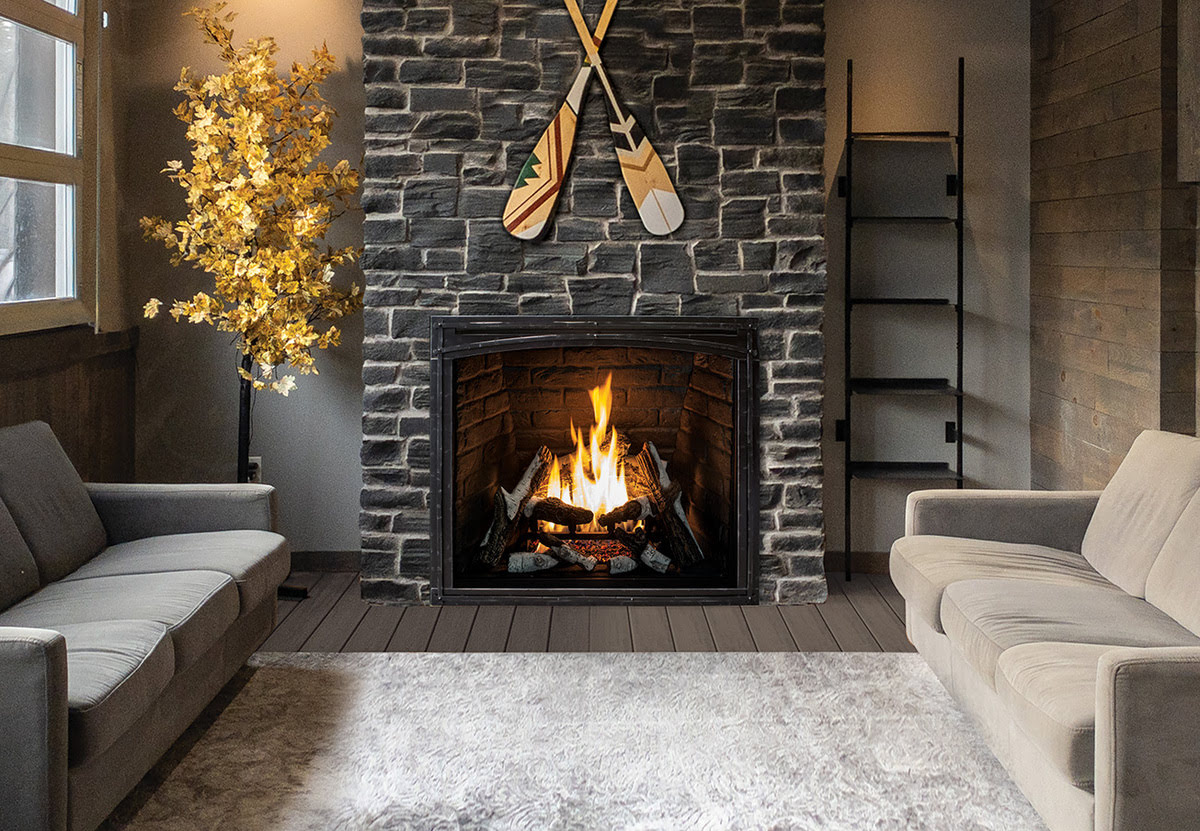
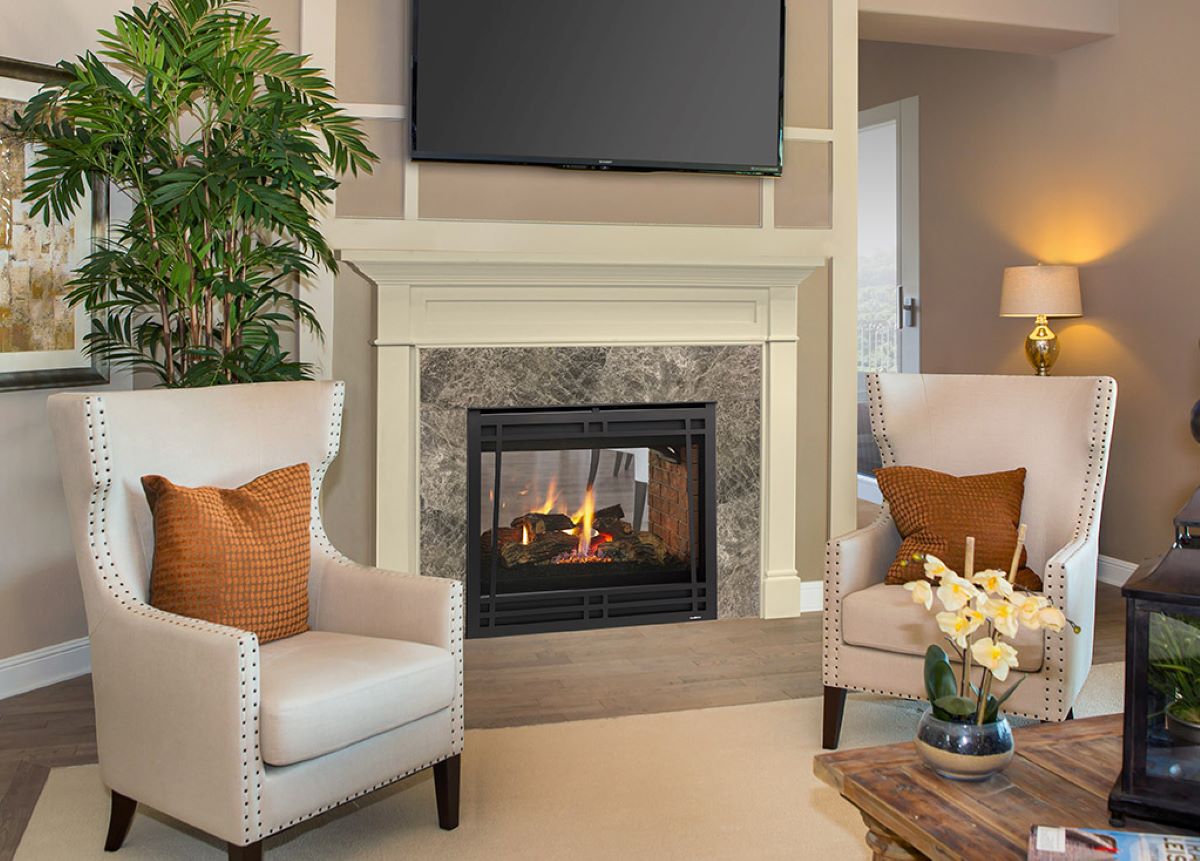
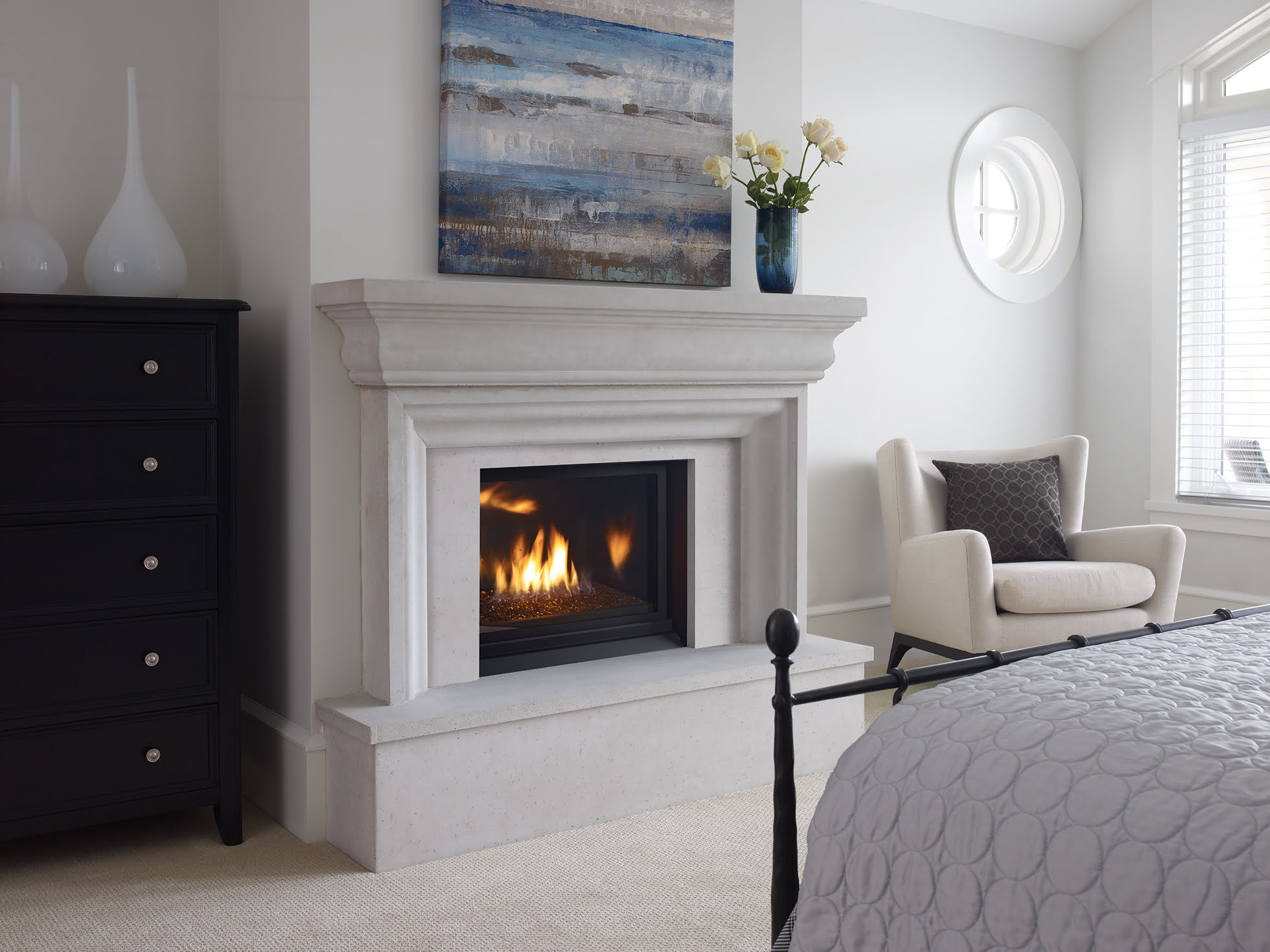
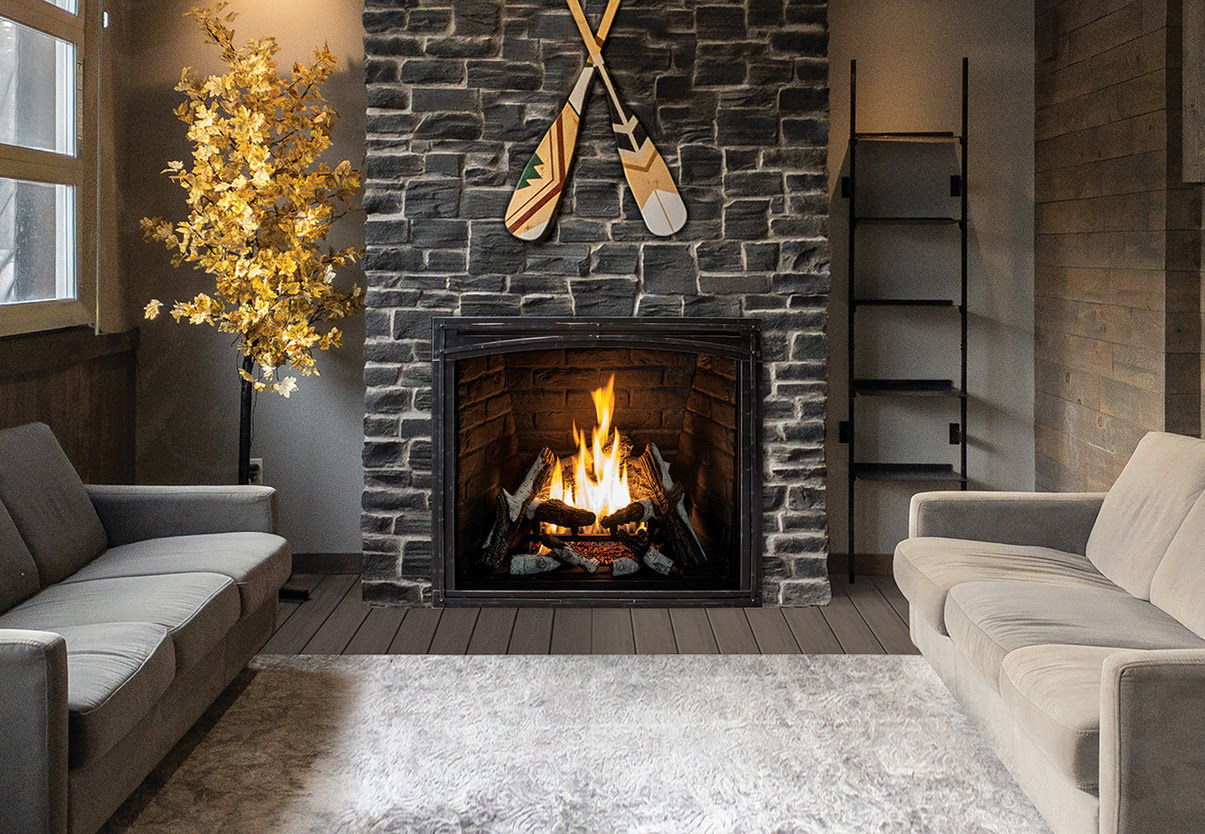

0 thoughts on “How To Clean Thermocouple On Gas Fireplace”